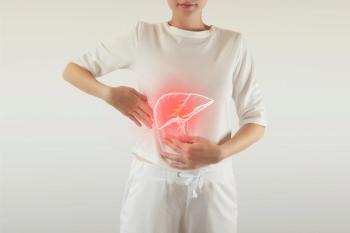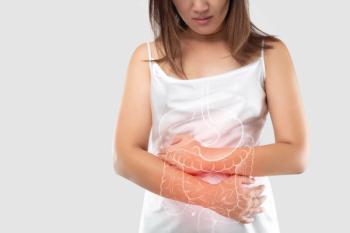
Monstrous surprise at a female adolescent's routine visit
What's causing chronic, intermittent abdominal pain radiating to both flanks in a 15-year-old girl?
DR. LEE is a resident in the department of pediatrics and adolescent medicine, DR. HOMME is a resident in the department of emergency medicine, DR. HENRICHSEN is a fellow in the department of cross-sectional radiology, and DR. GOSTOUT is an associate professor in the department of obstetrics-gynecology, all at the Mayo Clinic, Rochester, Minn.
The authors and section editor have nothing to disclose in regard to affiliations with, or financial interests in, any organization that may have an interest in any part of this article.
You're meeting a new patient in continuity clinic on this winter afternoon: a 15-year old Somali girl who has come to see you for a health maintenance visit. She tells you that she has not had a regular physician for some time, and wants to establish primary care with you today.
Second, she tells you that she has been having chronic, intermittent abdominal pain for "the past couple of months." She describes the pain as diffuse, mild, and radiating to both flanks. It is triggered mainly by physical activity and resolves when she rests. She has not had any nausea, vomiting, diarrhea, constipation, urinary symptoms, or fever. The pain is sometimes worse after eating. She reports that it is not related to her menstrual cycle. Of note, she tells you that her older sister, whom you are also seeing today, had a ruptured ovarian cyst in the recent past.
The medical history is unremarkable. The only medication your patient takes is ibuprofen on occasion to alleviate mild pain of menstrual cramps. She has no known drug allergies. On a review of systems, she denies any history of hematochezia, melena, or hematemesis. Menarche occurred at 11 years of age; her periods last about five days and are mildly irregular, ranging from three- to five-week intervals. Her last menstrual period, she tells you, was "about two weeks ago" and was "normal."
The patient immigrated to the United States from Somalia when she was 5 years old. Her school performance is poor-grade-point average, 1.8, she tells you. She denies ever using alcohol, tobacco, or drugs or being sexually active. A sibling has asthma.
Her weight is 74 kg (90th percentile for age); height, 166 cm (75th percentile); and body mass index, 27 kg/m2 (90th percentile). Blood pressure is 104/76. On examination, she is a pleasant, moderately obese, African-American female who appears to be her stated age. The abdomen is soft, obese, nondistended, and mildly and diffusely tender on deep palpation.
Surprise #1
While you are attempting to elicit the source of the tenderness, you discover what feels like a midline mass. You gauge that it is roughly 10 cm by 6 cm, although the patient's body habitus makes it difficult to appreciate its exact size. Your estimate is that the upper border is about 7 cm below the xyphoid process; the lower border is difficult to ascertain. The mass moves between your fingers, and she reports a "funny feeling" when you manipulate it.
Well! This is turning out to be more than your typical health maintenance exam. You're aware that the differential diagnosis of an abdominal mass is wide, and you're hampered in your ability to accurately determine its precise size and location. So what is your next step?
Pregnancy must be excluded, despite her denial of being sexually active and her report of a recent menstrual period. Both malignant and benign tumors of any intra-abdominal organ are possible. You order a urine pregnancy test, which is negative, followed by abdominal ultrasonography (US) to narrow the possibilities.
The sonogram shows a "slightly irregular, hyperechoic mass with punctate areas of distal shadowing" that protrudes into the bladder lumen (Figure 1). It measures 5.3 x 3.0 x 5.9 cm. No vascular flow within the mass is detected by color Doppler imaging. A normal uterus is seen posterior to the bladder.
Newsletter
Access practical, evidence-based guidance to support better care for our youngest patients. Join our email list for the latest clinical updates.













